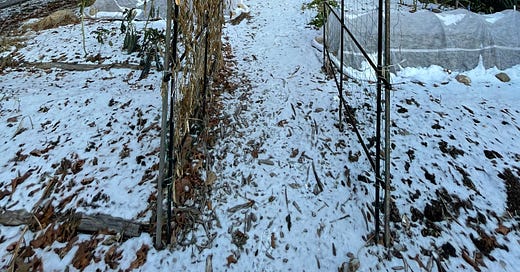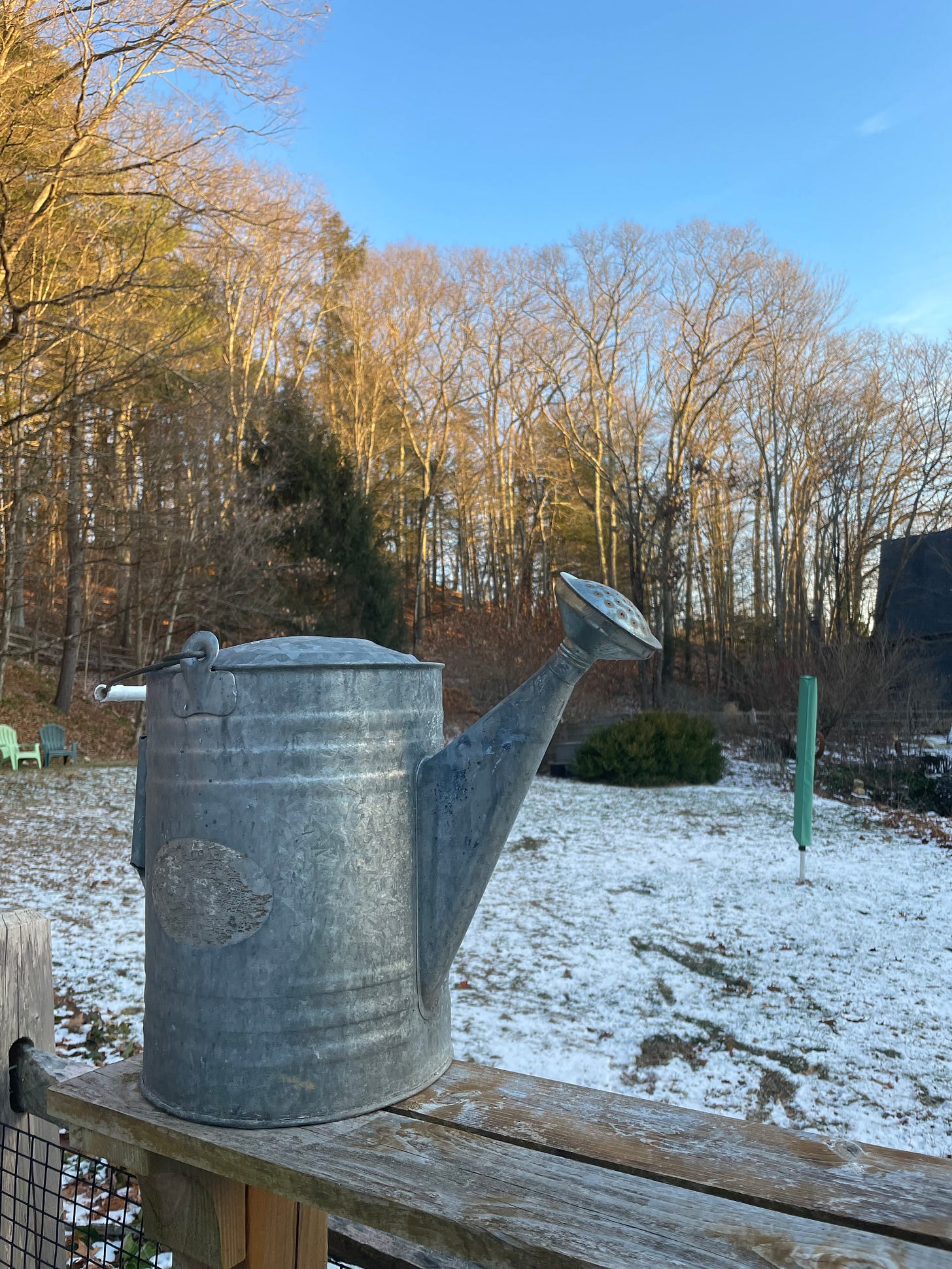At year's end, a source of renewal
As the Northern Hemisphere again tilts back toward the sun, we mark the return of the season of light
We’ve just passed the winter solstice. It’s an annual astrological marker I’ve casually noted in passing for decades but admittedly have never thought too deeply about. The other evening we were invited to dinner at a neighbor’s home to informally celebrate the occasion, which this year came at 4:21 a.m. on Dec. 21, the precise moment the Northern Hemisphere reversed direction and began tilting once again toward the sun as it has each winter since the dawn of time.
It inspired me to think about the meaning this event holds in our lives, coming as it does during the holiday season when we celebrate Christmas and Hanukkah and welcome in the New Year. While Christians incorporated the Yule winter festival into Christmas in medieval times its origins go back to pagan festivals reflecting the joy that comes with the onset of the season of light, when the days start to get longer again and nights grow shorter.
This spirit inspired British writer Susan Cooper’s beautiful poem, Shortest Day, which is about the winter solstice.
So the Shortest Day came and the year died
And everywhere down the centuries of the snow‐white world
Came people singing, dancing,
To drive the dark away
For the gardeners among us there’s much to celebrate as well, though by most measures this should be done with a muted spirit. The temperature Monday morning was minus-two and spring seemed a long way off. The sun rose where I live in western Massachusetts at 7:19 a.m. on the 21st, and dipped behind the hills to the west at 4:24 p.m. That left us with about 15 hours of darkness and just nine hours, five minutes of daylight, the darkest day of the year.
And yet, a longing for renewal, an acute awareness of the rhythms of the natural world, infuses the spirit of many who like to place seeds and plants in the earth and organize them in their gardens. While we’ll gain just seconds of daylight per day through the end of the year, we remind ourselves that the pace will pick up in January as we head toward spring and the longer, warmer days of summer. By the summer solstice on June 21 we’ll have six hours, 10 minutes more daylight than we do now.
I’ve never been quite sure why I fell in love with gardening. My parents were not gardeners. My dad confined his work in the yard to raking leaves from the lawn and using a leaf blower to get them off the driveway. We used to burn them in a galvanized steel, narrow-topped barrel until that practice became frowned upon, and then banned, because of the damage it was doing to our air. My mom would plant pansies and marigolds in pots, and I recall helping her. But that was about it. I do remember getting the assignment one spring — or maybe I offered to do it? — of mulching the garden beds out back. I couldn’t have been more than 10. We headed to the hardware store in town and bought three bags of peat moss for the job.
Now I’ll say two things about this. First, this was decades before concerns grew about the environmental costs of over harvesting peat bogs for packaged bales of peat moss. Second, it was years before I knew that peat moss is a terrible material for mulch. There is no better natural material for helping soil retain moisture. That’s why it’s still widely used in seed starting and planting mixes and as a soil amendment when planting things like shrubs or trees. But on its own, unmoistened and spread an inch or two thick on top of a garden bed, it forms a surface that behaves like cement, repelling water and all forms of life. I remember the peat moss covered beds looking something like the parched, cracked earth of a dried up lake baking in the sun.
Was this the beginning of my interest in gardening? I can’t be sure. It would be years before I had my first garden, when I was 23 living in Vermont. In my 30s, I took a night course in horticulture at the U.S. Department of Agriculture in Washington, earning some type of certificate, so the interest was certainly there.
I can say what attracts me to gardening. I take pleasure in using my hands to create something, and the alchemy of combining seed with soil, light and warmth to bring a plant alive. The disappointments make me more patient and the successes bring delight. It gives me a sense of perspective about life and heightens my sense of time. I enjoy sharing plants with friends and preparing vegetables from the garden for a meal. I embrace the physicality of working in the garden and the health benefits that go with it. It brings happiness.
I think at its core, though, gardening’s appeal is more elemental. It brings us closer to nature, to the passage of time, the seasons and how the earth, sun and moon are intimately connected to the cycles of life on our planet. The winter solstice reminds us of these things. As the days once again grow longer, we are reminded of rebirth, which is what we celebrate each December as the old year winds down and we ring in the new.






Beautiful, Matt! Enjoy the magical winter landscape today. Merry Christmas!
Love this post Matt. Thank you for taking the time to write and share!